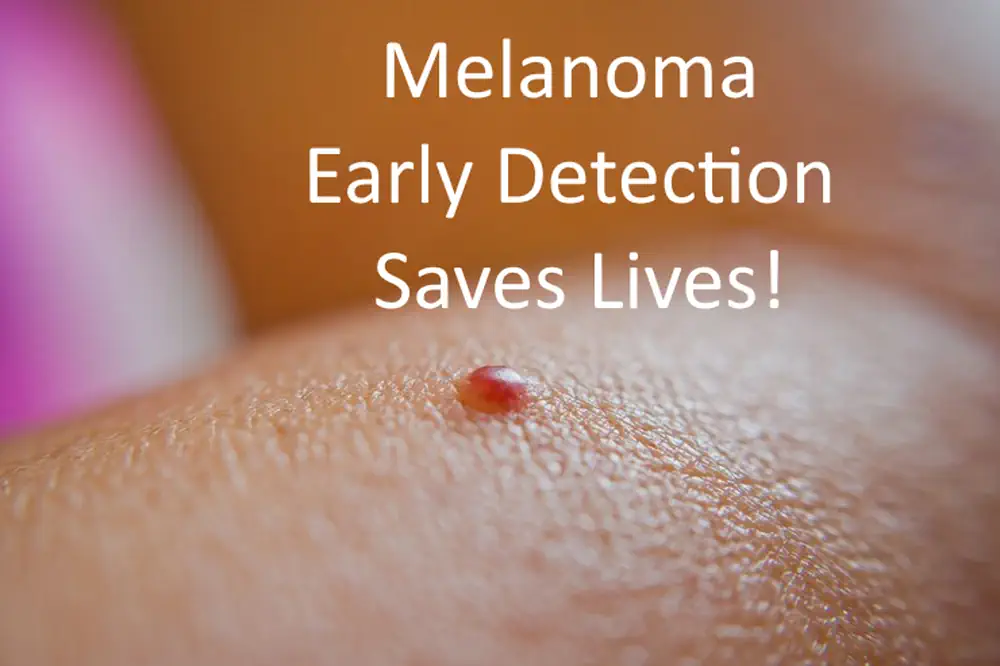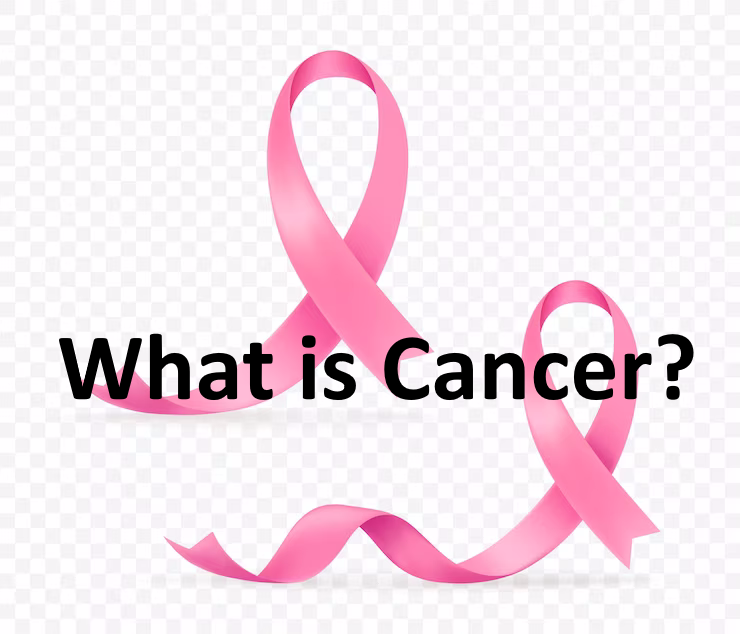Melanoma, a severe form of skin cancer, significantly impacts lives globally. Early detection and preventive measures are pivotal in combating this disease. Understanding melanoma’s nature, detection methods and advancements in treatment can empower individuals to take proactive steps toward skin health.
Key Takeaways
- Understanding melanoma and its risks is crucial for early detection and prevention.
- Regular skin examinations and awareness of changes can significantly improve early detection rates.
- Advancements in treatment and research are continually improving the prognosis for melanoma patients.
- Educational campaigns and community outreach are vital in raising awareness about melanoma prevention.
- Support resources and regular screenings are essential for those at risk to manage and prevent melanoma.
Understanding Melanoma

What is Melanoma?
It is a type of skin cancer originating from melanocytes, the cells responsible for producing melanin, which gives skin its color. This cancer is particularly dangerous due to its ability to spread rapidly to other organs if not detected early.
The Importance of Early Detection
Early detection can significantly enhance treatment success and survival rates. Recognizing changes in moles or new skin spots is crucial. Regular skin checks and awareness of skin changes are vital in catching melanoma in its early stages.
Key Statistics and Facts
- Melanoma accounts for only about 1% of skin cancer cases but causes a large majority of skin cancer deaths.
- The survival rate for melanoma is high if caught early, with a 5-year survival rate of about 98% when detected before it spreads.
- Approximately 200,000 new cases of melanoma are diagnosed worldwide each year.
The ABCDEs of Melanoma Detection

Asymmetry
The first step in detection is observing the symmetry of moles or spots on your skin. If one half does not match the other, this asymmetry could be a warning sign of melanoma. Regularly inspect your skin, looking for any irregular shapes that might indicate the early stages of this condition.
Border Irregularities
Moles with uneven, notched, or scalloped edges are concerning. These border irregularities often suggest a higher risk. It’s crucial to monitor any changes in the borders of existing moles or new growths.
Color Variation
Variations in color within a mole or spot, including different shades of brown, black, blue, red, or white, are potential indicators. A mole that changes color over time or has multiple colors should be evaluated by a healthcare professional.
Preventative Measures for Melanoma

Sun Protection
Avoiding excessive sun exposure is crucial in melanoma prevention. Utilize sunscreen with a minimum SPF of 15, seek shade during peak sun hours (10 am to 4 pm), and wear protective clothing such as hats and long sleeves.
Avoiding Indoor Tanning
Indoor tanning devices, which emit harmful UV radiation, significantly increase the risk of developing melanoma. Avoid the use of tanning beds and opt for safer alternatives like self-tanning products.
Regular Skin Examinations
Conducting regular skin checks can lead to the early detection of melanoma, greatly improving the chances of successful treatment. Familiarize yourself with the ABCDEs of melanoma to help identify suspicious moles or spots early.
Regular skin examinations are a key component in the fight against melanoma, allowing for early intervention and treatment.
The Role of Annual Screenings

Why Regular Check-Ups Matter
Regular check-ups are crucial for early detection, which significantly increases the chances of successful treatment. Annual skin exams by a dermatologist are recommended, especially for individuals with a higher risk due to factors like family history or previous skin cancer.
How Screenings Can Save Lives
Screenings play a pivotal role in early identification, making it possible to intervene before the cancer progresses. The survival rate for melanoma detected early is remarkably high, emphasizing the life-saving potential of regular screenings.
What to Expect During a Screening
During a screening, a dermatologist will perform a thorough examination of the skin for any signs of melanoma. This includes checking for new moles or changes in existing moles using the ABCDE method (Asymmetry, Border, Color, Diameter, Evolving). Patients should be prepared to discuss their medical history and any changes they have noticed in their skin.
Advancements in Melanoma Treatment
Emerging Therapies
Recent years have seen significant progress in the development of therapies for melanoma. Four immune checkpoint inhibitors are now approved, including ipilimumab (Yervoy), which have revolutionized the treatment landscape for advanced melanoma. These therapies help the immune system recognize and combat melanoma cells more effectively.
The Impact of Research
Ongoing research continues to drive advancements in treatment. Studies focus on understanding the genetic and molecular mechanisms of melanoma, which leads to more targeted and effective treatments. The commitment to research is crucial for developing new therapies that can improve patient outcomes.
Success Stories
There are numerous success stories of patients who have benefitted from the latest treatments. These stories provide hope and motivation for continued advancements in the field. They highlight the importance of early detection and the effectiveness of new therapies in extending the lives of patients.
Melanoma Awareness and Education

Community Outreach Programs
Community outreach programs play a pivotal role in spreading awareness about melanoma prevention and early detection. These programs often collaborate with local health departments, schools, and businesses to disseminate information and resources. Key initiatives include sun safety workshops and melanoma survivor networks.
Educational Resources
A variety of educational resources are available to the public, including online tutorials, brochures, and interactive tools. These resources aim to educate on the importance of sun protection and the early signs, making them crucial tools in the War on Melanoma.
Events and Campaigns
Events and campaigns are essential for raising public awareness and funds for melanoma research. Annual melanoma walks, charity runs, and informational seminars are just a few examples of how communities can engage and support the cause. These events also serve as a platform for survivors to share their stories and educate others.
Support and Resources for Melanoma Patients

Finding the Right Specialist
Navigating the healthcare system to find the right specialist for melanoma treatment can be daunting. It’s crucial to seek professionals who are experienced in treating this specific type of skin cancer. Referrals from primary care physicians or recommendations from local cancer centers can be invaluable.
Support Groups
Joining support groups can provide emotional and practical support from others who understand the journey. These groups offer a platform for sharing experiences, advice, and encouragement, which can be crucial for both patients and their families.
Financial Aid Options
Managing the costs associated with melanoma treatment is often a significant concern for patients. Various organizations offer financial aid to help cover treatment costs, medication, and related expenses. It’s important to explore all available options, including grants and subsidies from cancer support organizations.
Early intervention and access to the right resources can significantly improve the prognosis for melanoma patients.
Conclusion
In conclusion, the importance of early detection in the battle against melanoma cannot be overstated. As we have explored throughout this article, recognizing the signs early on, such as irregular moles or any new, changing, or unusual features on your skin, can significantly increase the chances of successful treatment. Individuals must engage in regular skin examinations and participate in awareness campaigns to stay informed. Remember, taking proactive steps towards early detection is not just a health measure—it’s a life-saving action. Let’s continue to spread the word and save lives by catching melanoma in its earliest stages.
Frequently Asked Questions
What is melanoma?
It is a type of skin cancer that develops from melanocytes, the cells that produce the pigment melanin which colors the skin. It is the most serious type of skin cancer because it tends to spread rapidly to other parts of the body if not detected early.
Why is early detection important?
Early detection is crucial because it significantly increases the chances of successful treatment. When caught early, melanoma is often treatable, but if it spreads to other parts of the body, it becomes more difficult to treat and can be fatal.
What are the ABCDEs of melanoma detection?
The ABCDEs of melanoma detection are a set of guidelines to help identify the common signs: Asymmetry, Border irregularity, Color variation, Diameter greater than 6mm, and Evolving shape or color.
How can I protect myself from melanoma?
To protect yourself, avoid excessive sun exposure, use sunscreen with a high SPF, wear protective clothing, and avoid indoor tanning. Regular skin examinations by a professional and self-exams can also help detect changes early.
What should I expect during a melanoma screening?
During a melanoma screening, a dermatologist will examine your skin for any signs or other skin conditions. This may include a visual inspection and possibly the use of a dermatoscope to get a closer look at suspicious areas.
What advancements have been made in treatment?
Recent advancements in melanoma treatment include targeted therapy, immunotherapy, and the development of new drugs that specifically attack melanoma cells. Research continues to evolve, improving the outcomes and survival rates for patients with melanoma.



